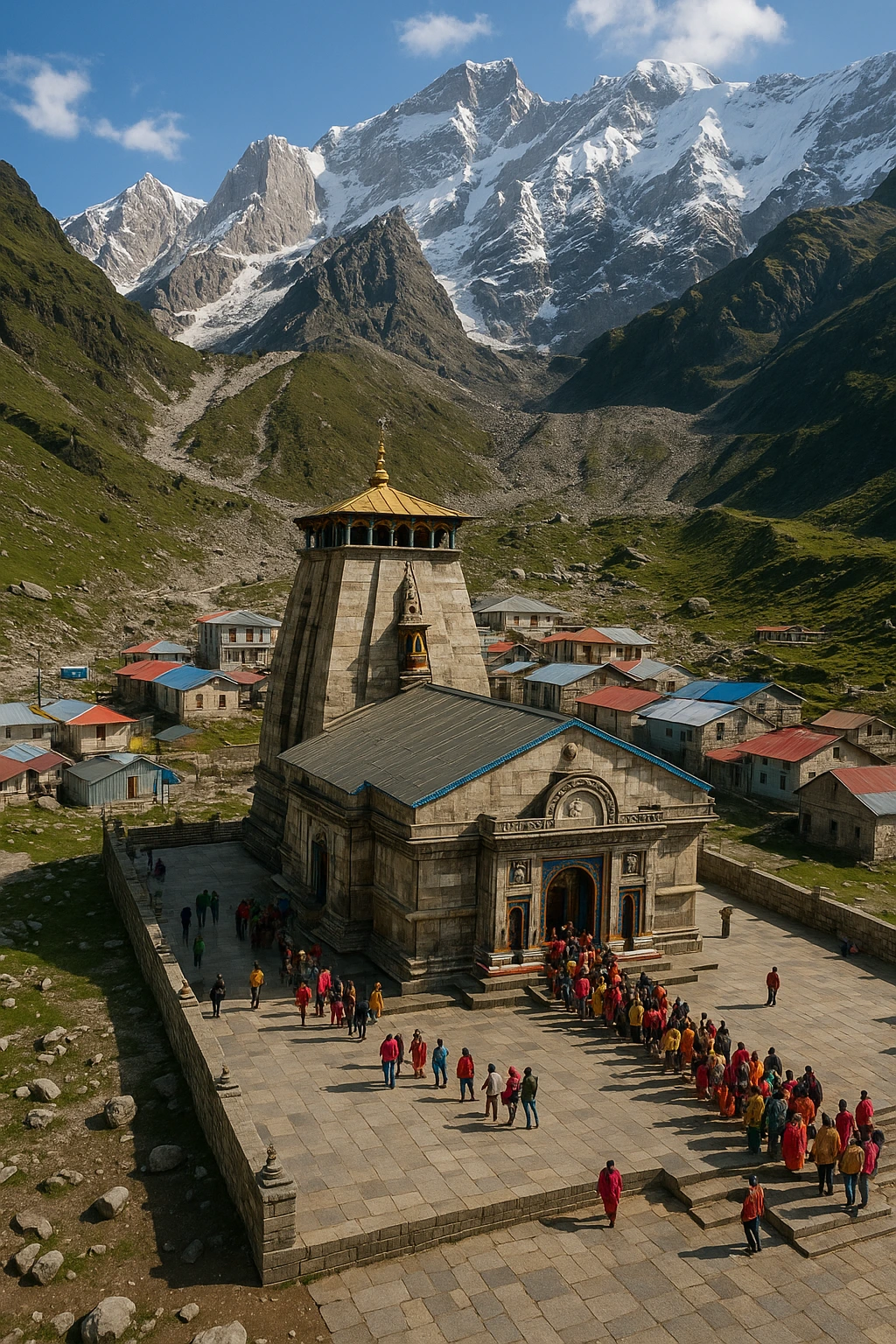Kedarnath Dham Himalayan Pilgrimage
Tucked away in the lap of the majestic Himalayas, Kedarnath Dham is more than just a destination—it's a divine calling. As one of the holiest Shiva temples in India and a cornerstone of the Char Dham Yatra, this sacred Himalayan pilgrimage draws millions of spiritual seekers each year. The journey to Kedarnath Dham is not only about reaching a destination but about embracing a transformative experience that tests faith, strengthens the spirit, and awakens the soul.
With its breathtaking snow-capped peaks, mystical silence, and the holy Mandakini River flowing beside it, Kedarnath Dham provides the perfect backdrop for spiritual rejuvenation. Every step on the rugged path, every breath taken in the thin mountain air, whispers the stories of gods, sages, and seekers from ages past. You don’t just walk toward Kedarnath; you journey within.
The Spiritual Significance of Kedarnath Dham
Kedarnath Dham is revered as one of the twelve Jyotirlingas—the most powerful abodes of Lord Shiva. According to Hindu belief, visiting Kedarnath absolves a person of sins and liberates the soul from the cycle of rebirth. It is also the highest among the Jyotirlingas. It situated at an altitude of 11,755 feet, symbolizing the spiritual ascent toward moksha (liberation).
Pilgrims often describe the feeling of arriving at Kedarnath as indescribably peaceful. If the divine presence of Shiva envelops the entire valley. The vibrations, chants, and rituals performed here elevate the mind beyond worldly distractions.
History and Mythology of Kedarnath Temple
According to legends in the Mahabharata, the Pandavas sought Lord Shiva to atone for the sins of the Kurukshetra War. Lord Shiva, however, wished to avoid them and disguised himself as a bull. Upon being recognized, he dove into the ground, leaving his hump behind in Kedarnath. Other parts of his body surfaced in different places, forming the five Kedars.
Adi Shankaracharya, the great 8th-century philosopher, is credited with reviving the Kedarnath temple. His final resting place lies just behind the temple, adding to the sanctity of the site.

